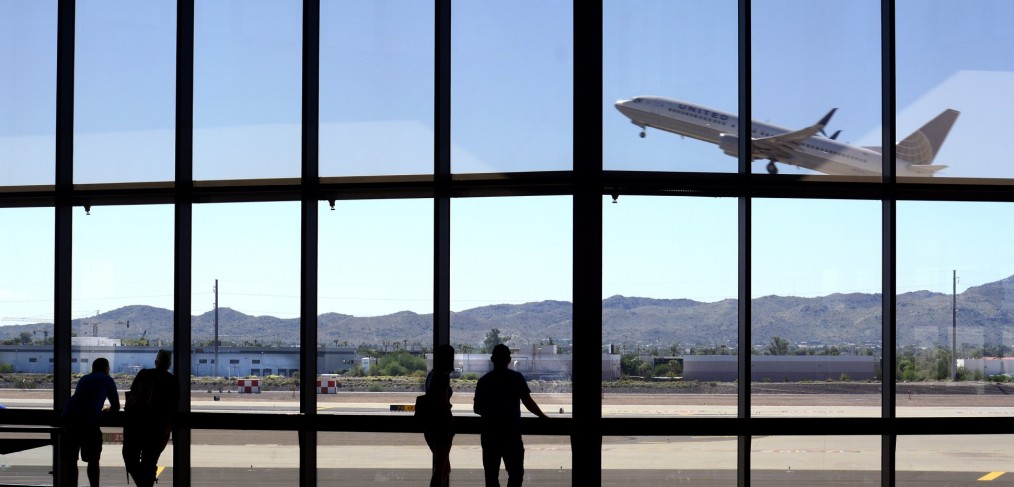
United Airlines Is Changing Its MileagePlus Program: Winners And Losers
FORBES: For the vast majority of United Airlines passengers, it’s about to get a lot harder to earn mileage points. As previously noted on this site, starting March 1, United is following its competitor Delta in changing its frequent flier program.
Instead of earning points based on mileage flown, as under the current system, frequent fliers in United’s MileagePlus program will earn award points based on the fare paid. Ordinary MileagePlus members will receive 5 points per dollar spent on airfare, while Premier fliers will earn more, up to 11 points per dollar for the top-tier Premier 1K passengers who fly more than 100,000 miles per year with the airline.
Who loses? Pretty much anyone flying long distances on less expensive tickets.
Take economy class passengers on a common United route, between Los Angeles and Newark (economy class fare: $362). Ordinary Mileage Plus members currently earn 4,908 miles per round trip; Premier fliers earn additional bonus miles, up to double the mileage (9,816) for 1Ks.
Starting March 1, the award for this ticket will decrease by about 60 percent: 1,810 points (5 times 362) for ordinary MileagePlus members, to just 3,982 (11 times 362) for 1Ks.
Yeah, ouch.
This wouldn’t be a big deal if United were also adjusting the number of points needed to redeem for awards, but that ain’t happening, folks. The least expensive domestic round trip ticket will still set you back 25,000 points.
In other words, you have less than two weeks left to rack up the big miles under the old program.
To be fair, not everyone will be worse off; some passengers will even end up a lot better. Flying between Chicago and Toronto? For that 874 mile round trip (fare: $283 in economy), an ordinary MileagePlus member receives 874 miles under the current program but will receive 1,415 points under the new rules (5 times 283). 1Ks will see their awards rise from the current 1,748 to 3,113.
Otherwise, about the only way to accrue more points is to pay a higher fare. In Business First class, that LAX-EWR round trip costs $1,700, netting an ordinary MileagePlus member 8,500 points, up to 18,700 for a 1K. But of course, that’s nearly five times the economy fare.
Adding to the confusion, airlines calculate the points awarded using the base fare (before taxes and fees), which isn’t revealed until late in the reservation process.
The new program is also bad news for long haul international travelers, although there are some strategies to soften the pain.
United’s partner carriers in the Star Alliance are one way to go, but buyer beware. Most still award points to MileagePlus members based on mileage flown, though not in all cases and not always 100 percent of mileage.
For example, I considered both United and its partner carrier ANA for an upcoming trip to Japan; round trip on either airline: around $1,600 for a trip of 11,000-plus miles. Although I much prefer ANA’s service to United’s, I balked at the ANA ticket because the fare rules grant only 50 percent of the mileage flown. ANA does have a fare that allows passengers to accrue 100 percent of mileage, but it’s far more expensive.
Purchasing the United ticket, even the most basic MileagePlus member would earn 8,000 points under the new system, up to 17,600 for 1K, though that’s still about 25 percent less than either member would earn until March 1.
Solution: I ended up purchasing a United ticket for code share flights operated by ANA. This way, I get both my United miles and the ANA service.
The upshot is that international passengers need to read the fine print before booking, and it will probably take a lot longer.
One last kicker: Mileage flown actually will continue to matter in one important respect: United will continue to consider actual flight miles when calculating your Premier status; if your mileage flown slips, say from 1K to Premier Platinum, so does the multiplier used to accrue points.
Source: www.forbes.com
